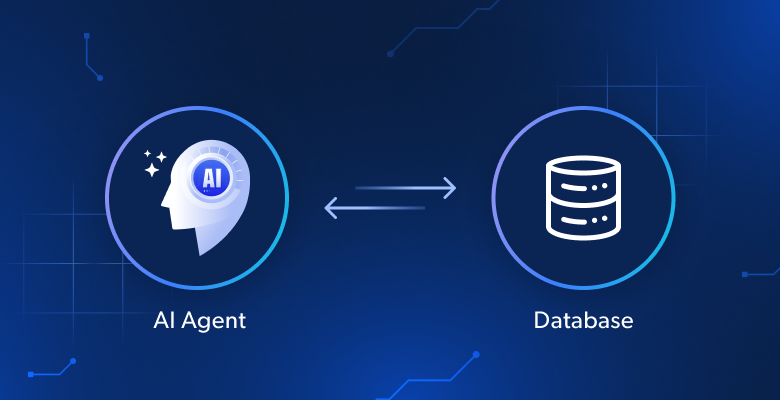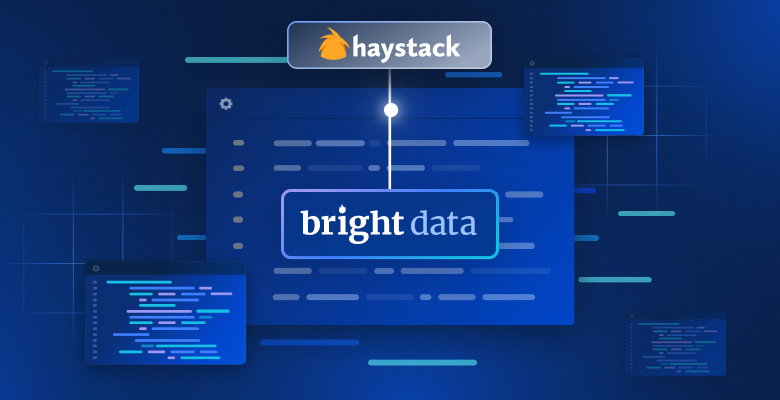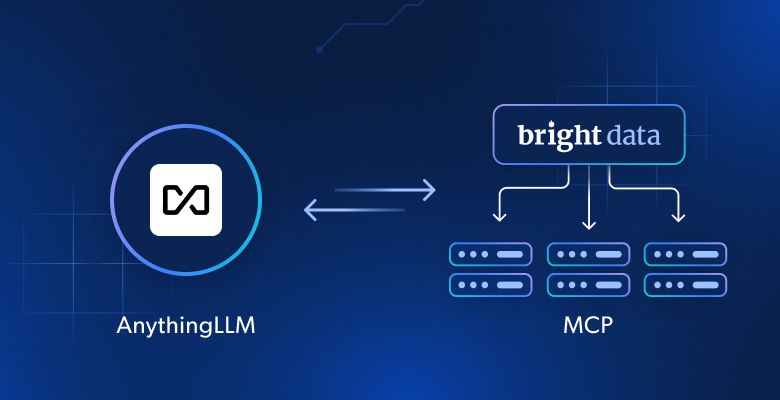Minimum Advertised Price (MAP) monitoring is crucial for protecting your brand’s integrity and competitive edge. It ensures consistent pricing for your products across all advertising channels, thus preserving your brand’s reputation and market standing.
In this article we will cover:
- Define: Minimum Advertised Price (MAP)
- MAP use cases, and practical business applications
- How can you automate your data collection monitoring?
Define: Minimum Advertised Price (MAP)
MAP monitoring actively tracks the advertised prices of products across diverse online platforms to guarantee adherence to MAP agreements. These contracts set a baseline for the lowest price at which a product may be advertised, thereby safeguarding the brand’s image and encouraging equitable competition across retailers.
Example: If a brand sets the MAP for a blender at $50, monitoring ensures that no retailer advertises it for less, maintaining a level playing field and preserving the product’s value.
Advantages and Disadvantages of MAP Monitoring
Understanding the implications of implementing MAP monitoring can help businesses weigh its impact on their operations and strategic planning. Here’s a breakdown of the advantages and disadvantages:
| Advantages | Disadvantages |
|---|---|
| Protects and enhances brand perception | Incurs costs for monitoring and enforcement |
| Creates a stable and fair market | Enforcement can be complex and resource-intensive |
| Fosters mutual respect and compliance | May cause resistance from retailers preferring flexible pricing |
| Helps maintain healthy margins | Limits flexibility in response to market changes |
| Ensures customer trust in pricing | Requires careful legal navigation to avoid anti-competitive risks |
Advantages
- Brand Value Protection: MAP monitoring helps maintain and enhance the perceived value of a brand by preventing price erosion across different retail channels.
- Market Stability: By enforcing consistent pricing, it fosters a level playing field for all sellers, contributing to a stable market environment.
- Improved Relationships with Retailers: Establishing clear MAP policies can lead to better compliance and mutual respect between brands and their retail partners.
- Increased Profit Margins: Preventing price wars helps maintain healthy profit margins for both manufacturers and retailers.
- Consumer Trust: Consistent pricing across platforms leads to higher consumer trust, as customers feel assured they are receiving fair value.
Disadvantages
- Monitoring Costs: Implementing and maintaining a MAP monitoring system can incur significant costs, especially for large product lines across multiple platforms.
- Enforcement Challenges: Identifying violations is one thing; effectively enforcing MAP policies can be complicated and resource-intensive.
- Retailer Resistance: Some retailers may view MAP policies as restrictive and choose to focus on brands with more flexible pricing strategies.
- Market Dynamics Limitation: Fixed minimum prices might not always align with rapid market changes, potentially leading to missed sales opportunities during high-demand periods.
- Legal and Regulatory Considerations: Navigating the legal landscape around MAP policies requires careful consideration to avoid anti-competitive practices.
MAP Monitoring Practical Use Cases
Here are 4 ways in which businesses are currently leveraging web data collection, and monitoring in the context of enforcing MAP among third-party vendors:
Price Verification
Brands actively gather real-time data to observe vendor pricing strategies. This crucial data informs internal algorithms that prompt legal actions against any breaches of MAP agreements. For instance, if a retailer advertises a product below the agreed MAP, the system flags this violation. The company then verifies compliance within a week, potentially blacklisting repeat offenders to uphold pricing standards.
Enhancing Adtech with Data
For adtech firms and e-commerce marketing departments, utilizing adtech data is crucial for ensuring that third-party advertising complies with MAP guidelines. This process involves confirming that advertised prices, visual content, and marketing narratives are consistent with the brand’s standards and truthfully represent the product. An example of this in action is making sure advertisements only display the product in officially available colors, eliminating any potential for misleading representations.
Quality Assurance
By analyzing open-source data—like product descriptions, SKUs, and location information—companies can identify unauthorized sellers and counterfeit goods. An example here includes spotting a product offered in an unauthorized color, which signals potential fraud. This data-driven approach helps maintain product integrity and consumer trust.
Brand Protection
Comprehensive data monitoring extends to scanning for brand mentions across search engines and marketplace listings, including scrutinizing customer reviews. This vigilance helps identify and mitigate actions by cybercriminals looking to exploit brand value. For example, monitoring user feedback on marketplace platforms can unveil unauthorized sellers masquerading as legitimate ones, ensuring swift action to protect the brand’s reputation.
Utilizing web data for comprehensive MAP monitoring and brand protection strategies offers businesses a proactive stance against market disruptions, ensuring their offerings remain competitive and authentic. This methodical approach not only safeguards brand value but also fosters a fair trading environment, demonstrating the critical role of data for adtech and beyond in today’s e-commerce ecosystem.
Risks of MAP Monitoring
While MAP monitoring is a strategic approach for maintaining brand integrity and pricing consistency, it comes with inherent risks and potential for retailer violations. Understanding these risks and the ways in which violations can occur is crucial for brands to effectively manage and mitigate them. Some risks associated with MAP monitoring are:
- Overreliance on Automation: While automated tools streamline the monitoring process, overreliance can lead to missed nuances in pricing strategies or promotions that are compliant but flagged otherwise.
- Damaged Retailer Relationships: Strict enforcement without clear communication can strain relationships with retailers, who may feel unfairly targeted or restricted.
- Legal Challenges: MAP policies must be designed and implemented within the framework of antitrust laws. Failure to comply can result in legal challenges against the brand.
By acknowledging the risks and potential for retailer violations, brands can develop more robust MAP monitoring strategies that protect their interests while fostering positive relationships with their retail partners.
Conclusion
In summary, MAP monitoring is essential for brands to enforce pricing policies and protect their market integrity. Bright Data emerges as the ideal solution for all web data needs, offering comprehensive tools for efficient MAP monitoring and enforcement. With its advanced technology, Bright Data simplifies the process, ensuring brands can easily maintain their competitive edge and uphold their value in the marketplace.







